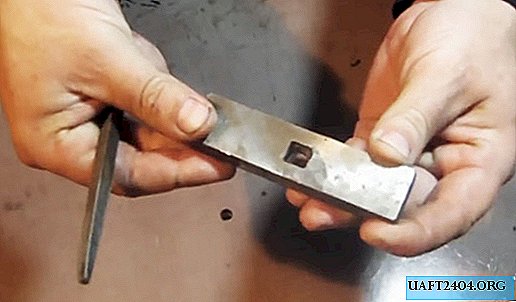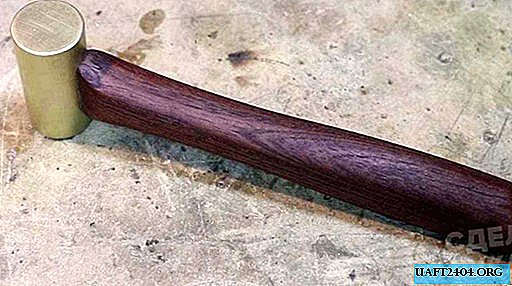First, you need to make calculations, and determine how many squares of brick you need to purchase. When making calculations, it is necessary to take into account the size of the joints between the bricks, as well as trimming and marriage during work.
It is necessary to start laying brick with the foundation. In some cases, you may have to level the foundation with the water level of the gravy solution. After the base for the masonry has become smooth, you can proceed to the cladding. In the example provided in the illustration, three walls of the house were revetted. Therefore, in this case, laying should be started from the side that is connecting. Based on the level of the connecting side, the other two are laid.
In this case, a common mortar with one share of cement and three parts of sand is used. Bricklaying will be performed under the jointing. Therefore, it is necessary to use a glazing bead with a width of 7 - 10 mm. A bead is placed on the corner of the bed and a spoon in order to apply a solution according to its level. To apply the solution between the bumps of bricks, you can use a small glazing bead, and apply the solution with a spatula according to its level.



In addition, it is necessary to monitor the vertical and horizontal level of the brick, and if necessary, using a rubber mallet, tapping to level the brick. To maintain a horizontal level you need to use a fishing line. To do this, you must first install the extreme bricks, and pull the fishing line from them. It is important that the extreme, corner bricks are exactly in level from all sides, since the evenness of the entire row will depend on them. Flatness of the vertical can be checked with a small level.
It is very important to observe the parallelism of vertical joints so that they are at the same level. It is important to monitor this on each row, and approximately every 5 bricks, check the vertical level with the previous row at the construction level.



Every 3 to 4 rows, it is necessary to connect the masonry with the main wall of the house using anchors or conventional fittings. For this, holes are drilled with a puncher at a distance of 1 - 1.5 m. Reinforcement is hammered into these holes, or anchors are twisted. In addition, it is desirable to lay a thin wire along the entire length of at least several rows of masonry. It is even better to reinforce the corners of the masonry by connecting the walls with wire on every 3-4 rows.

In some places, you will have to trim the bricks. For example, to bypass the fixture of the air conditioner, for the outgoing wires, on the approaches to the windows or doors. Trimming is carried out using a grinder. A tile cutter can also be used to trim a small facing brick.





In order to perform the laying above the windows, a corner corresponding to the size of the brick is used. The length of the corner should be 50 cm longer than the length of the window opening to protrude 25 cm from each edge. Before putting the corner, a small layer of a liquid solution can be applied to the masonry. Before you put a number of bricks on the corner, it is also necessary to smear it with a small layer of a liquid solution. The corner is simply put on a laying without fastenings.



The next day, when the solution hardens, it is necessary to use a joint or a small metal glazing bead to grout the seams from small irregularities. This can be done immediately, but then it is better to use a brush. In addition, using a wet brush, you must immediately remove the mortar from the brick. If you do not do it right away when the solution is fresh, then it will be much harder.


In some cases, the slopes of the windows can also be finished with facing bricks, so they do not have to be constantly painted, and damp spots will not appear on them.





In order to give a more beautiful appearance to the facing brick, a special varnish is used. After a while, especially after winter, salt stains appear on the brick, if after finishing the masonry, the brick is varnished, this will not only protect the brick, but also give it a more contrasting color.











